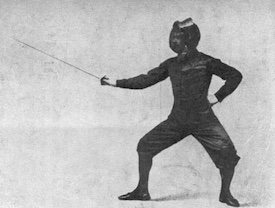analogsurviver
Headphoneus Supremus
- Joined
- Jul 2, 2012
- Posts
- 4,480
- Likes
- 373
again look at the waveform I construct - "phase distortion" of 180 degrees of the 2nd harmonic is equivalent to changing the polarity of the tone - so the JAES article I quote is directly relevant - and they say use headphones
Daisuke Koya's 2000 Master's Thesis, AURAL PHASE DISTORTION DETECTION also warns that it is much more difficult to hear with loudspeakers - so use headphones
and this is head-fi - we should care even if the effect can only be heard in headphones - because we use headphones
I apologize for not looking further in the links you posted - I was busy making (preparations for) recordings - yet another Haydn's Paukenmesse under my belt. I will do it, time permitting, but would really like thank you for taking the effort.
Yes, headphones - or even better - EARSPEAKERS ( Jecklin Float, AKG K 1000, bigger Stax models ) - are the easiest to hear the effects of absolute polarity reversal
etc effect(s) with. You have to build the listening building from scratch in order to approach the subtlety available in best "cans" - and then use speaker system that is preferably full range or at least does not make phase shifts within audio band, particularly not within midrange.
I would love once to hear the late SME's president listening room; http://www.the-ear.net/features/sme-steyning-west-sussex-england ; I know a couple of people that had the privilege ( and were ooching and aaching how good does it sound ever since... ) while the man was still alive, shortly after the SME V arm was introduced. Once I read (and forgot...) how many tens and hundreds of tons of concrete, carpets, drapes etc, etc is built into this strictly listening room; it was ming boggling then as well as it is now. For us mere mortals, only wet audio dreams ...
I have a friend to whom I actually helped to unload a couple of truckloads of bricks for his house; this house is designed from scratch up to make one great sounding listening/living room; no parallel surfaces, floor in 2 (or is it 3 ? ) levels, etc, etc. Running TWICE the entire lenght of the house, from basement to living/listening room) are two exponential bass horns, built into foundation of the house, with mouths masquerading as fireplaces.
You can put a transistor radio ( or nowadays, a better smartphone ) in that room and it would sound great; imagine a high quality speaker system...





















